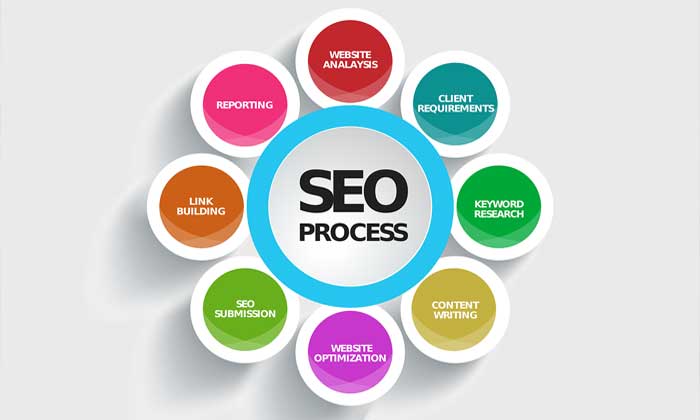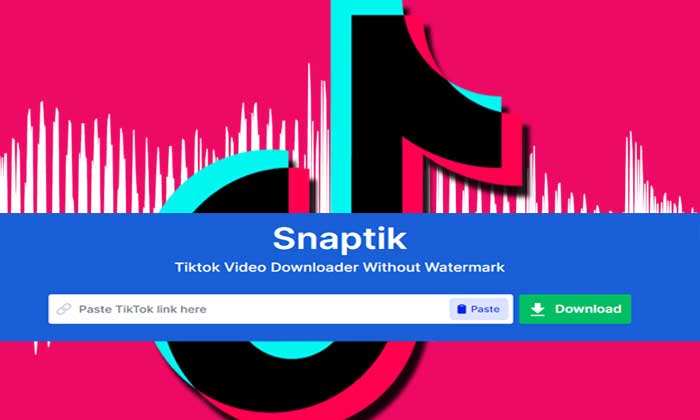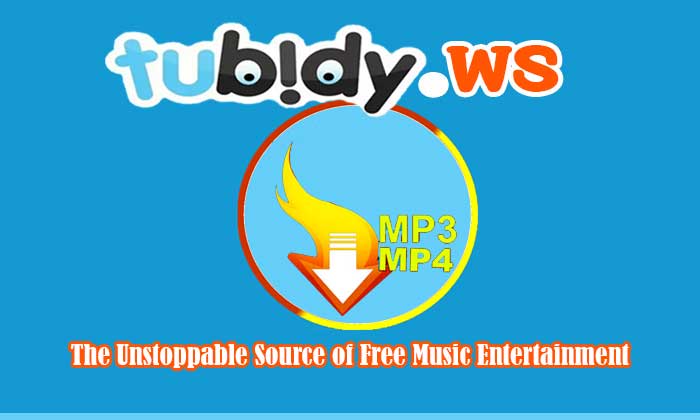
To begin with, I would like to give you some hints on fundamental SEO conceptions and processes. After some deliberating I arrived at 6 core factors that you should always take into account when optimizing websites:
- Crawlability
- Site structure
- Content hierarchy
- On-page factors
- Content production
- Link building
Let’s look at each of the paragraphs.
1. Crawlability
Crawlability is derived from the notion of “Crawler”, which can also be referred to as Spider or Robot.
Crawler is a program that “crawls” the Internet and investigates the links, collects the information, makes copies of the updates and saves URL’s in the Index of search engines.
So if your website content is not accessible for crawlers, it will be neither indexed, nor ranked. It’s all about your website navigation and search-friendly URL structure. Robots.txt files help to get on with crawlers by instructing them about peculiarities of the site.
Robots.txt is a text file that you save in a website’s root directory. It tells a Crawler which site pages should not be indexed
2. Site Structure
Good site structure is defined by website functionality, which stimulates link building. By linking to external and internal content you show search engines that you are concerned about users trying to provide them with the best search results on their query.
3. Content Hierarchy
While planning your website content, take into account your potential searchers needs. You can get general idea of what people are looking for from a basic keyword research and build your content strategy according to the results.
4. On-Page Factors
Title and Meta Description tags can work really well if you skillfully squeeze the most important information about the site into a real short message and stuff it with keywords
Title tag is an HTML tag which contains a sentence of about 65 characters describing the contents of its associated webpage. It plays a significant role for SEO as it is often used as a direct link from search engine’s Results Page.
Meta Description .Tag is a short HTML paragraph used by the search engines for Index purposes. It is not displayed on the website itself, and can be displayed in the search engine’s listing for the website. Now it’s gradually losing its importance for search engines.
Nowadays meta-description works mostly for users, as it is shown in snippet.
Snippet is the term used for the small amounts of quoted content that Google present in their search engine results pages. Usually Snippet is taken from the Meta Description tag if relevant.
Google introduced Rich Snippets, which according to Google is “a new presentation of snippets that applies Google’s algorithms to highlight structured data embedded in Web pages”.
Rich Snippets are used by Webmasters and site authors to provide a convenient summary about the search result. To display Rich Snippets, Google looks for markup formats (micro formats and RDFs) that Webmasters can add to Web pages to make structured data available for Google’s search results.
5. Content Production
The most important on-page factor is content. The more unique and interesting it is, the better rankings you will get. When you create content, you should provide answers to the questions that will most likely be asked by the searchers. Your webpage should stand out and provide interesting and useful information. Uniqueness of the content is the key good search results.
6. Link Building
Building the links, try and insert the targeted keywords into the anchor text. It will significantly boost the search results relevance.
Anchor Text is the text between the HTML anchor and tags. If you click the anchor text, it will activate a hyperlink to another web site.
Here’s an example of Anchor Text Code:
<a href=”http://www.example.com”>Example Anchor Text</a>
Spreading the links to your website around the web will increase the traffic. Use social networks, blogs, and bare in mind, the best way to get links is to produce regular unique content.
I strongly recommend you to avoid such things as:
- Cloaking
- Link farms
- Duplicating content
- Thin content approach
Cloaking is a Black SEO technique, used to achieve higher search engine position by letting the Crawlers to record for a URL the pages with one content and then showing different content in a human browser.
Link Farm is a webpage or group of webpages used only for one purpose – to increase the number of backlinks in a site’s link network






